best camera for low light video
The best low-light cameras of 2021
Included in this guide:
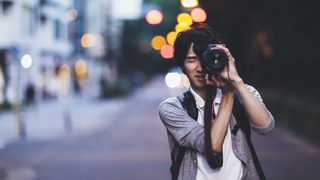
The best low-light cameras open up a whole new world of shooting possibilities. Taking pictures and videos in low light levels can actually be quite a challenge – as you've probably noticed when you've tried to get night shots on your smartphone. Getting good, clean night-time shots takes a bit of preparation, and more importantly, the right equipment.
A decent low-light camera will generally have a larger image sensor. That's because a larger image sensor can capture more like and use larger photosites (pixels). This in turn reduces the amount of image noise when shooting at high ISOs or during long exposures. Higher ISO sensitivities can help to shoot in low light by keeping other settings such as aperture and shutter speed at reasonable speeds. Often this means handheld low-light shooting is possible, where smaller image sensors would struggle.
Cameras (or lenses) with wide maximum apertures will allow more light to pass through onto the image sensor, thereby offering a brighter exposure with the same shutter speed and ISO settings. Interchangeable lens cameras means maximum aperture is limited only to the lenses you purchase, some as wide as f/0.95!
As well as getting a good exposure during low light levels, it's equally important to ensure that the camera can get focused. Autofocus relies on a certain amount of light in the scene in order to lock on to a subject, with some cameras able to focus in darker environments than others. For more on all this and some explanations of the technical terms, hop down to our explainer of what to consider when buying a low-light camera.
In our guide, we've included a range of different types and makes of camera that all have one thing in common – they're great for shooting in low light! Whether you're looking to capture dramatic night-time cityscapes, starry skies, or shy nocturnal animals like urban foxes, one of these cameras will do the job well.
We've included models for a range of budgets, but if you're looking for a starting point, our guide to the best cameras for beginners might come in handy. We've also got guides to the best cameras and the best cameras for wildlife photography.
The best low-light cameras in 2021
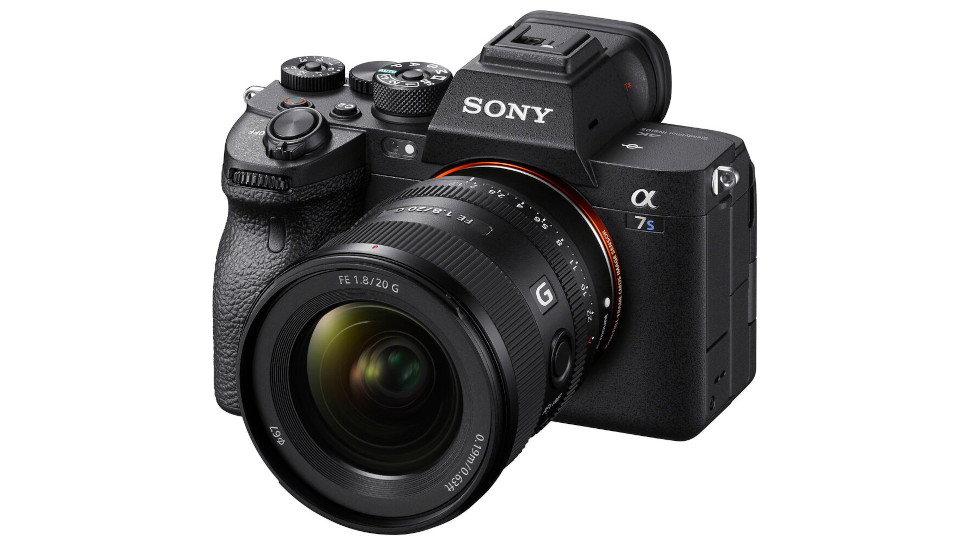
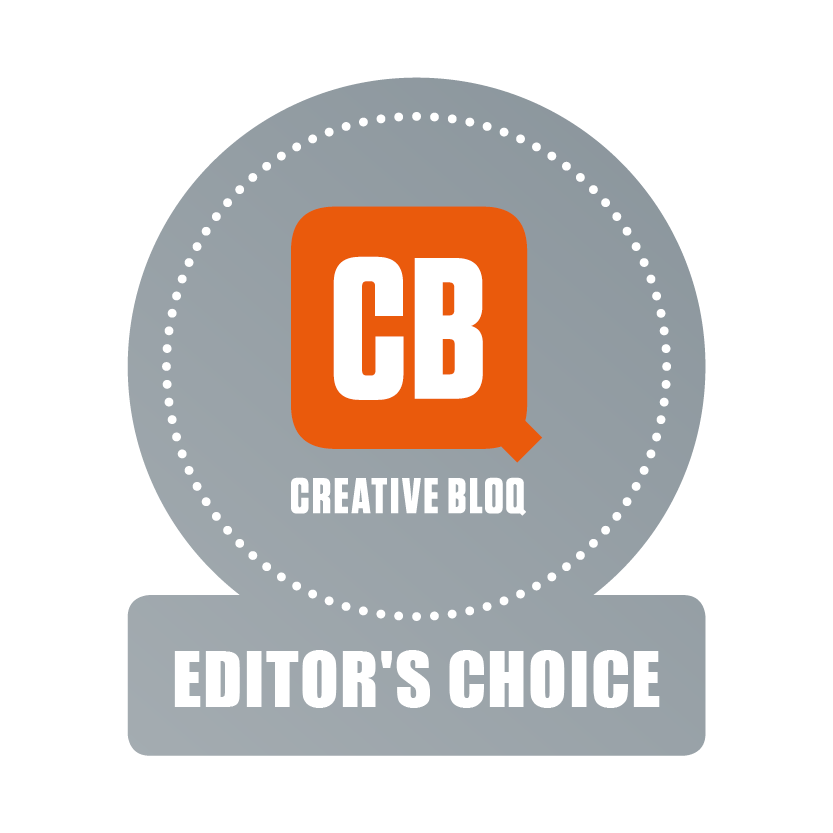
01. Sony a7S III
The most powerful low-light camera, especially for video.
Specifications
Sensor: 12.1MP BSI CMOS full-frame sensor
ISO range: 80-102,400 (expandable 40-409,600)
Lens: Sony E-mount
Image stabilisation: 5-axis in-body stabilisation
Reasons to buy
+Class-leading ISO performance +Professional-grade video +Full-frame sensor
Reasons to avoid
-Over-specced for stills purists
Do you want the best low-light camera you can buy right now? This is it. The Sony A7S III is the third in a revolutionary line of full-frame mirrorless cameras capable of quite literally seeing in the dark, with incredible ISO ceilings of 409,600. The dynamic range of the A7S III is light years ahead of the competition, and it has to be seen to be believed.
Photographers that shoot exclusively, or the majority, stills will want to bear in mind that this camera is designed predominantly for video work. It can capture good quality stills, but only at 12MP. While you can still make decent small prints at that resolution, crop into shots and you'll start losing quality fast. If you have no interest in video then you can definitely get a better camera for a similar amount of money. In video terms however, the A7S III is utterly sublime, up to the standards demanded by professionals.
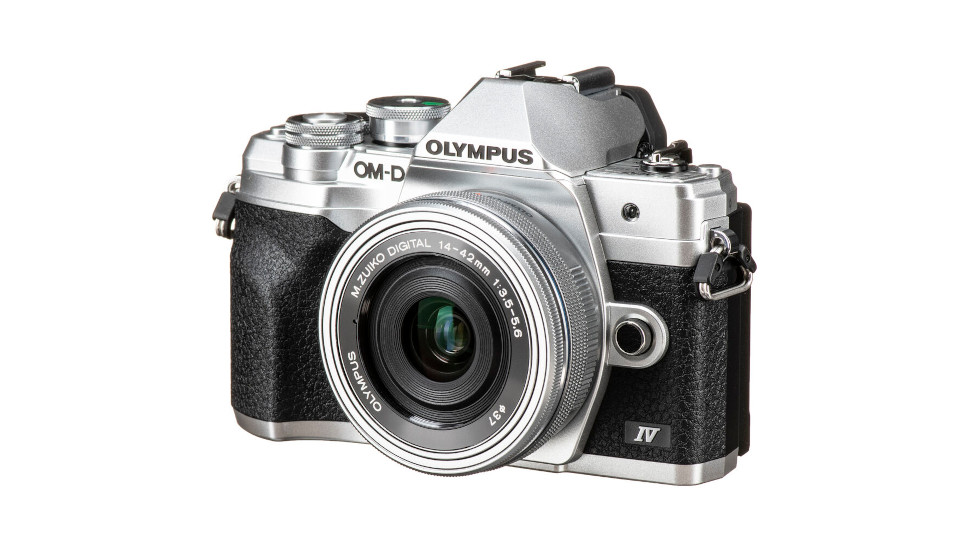

02. Olympus OM-D E-M10 Mark IV
A superb beginner's camera with powerful in-body stabilisation.
Specifications
Sensor: 20.3MP Four Thirds Live MOS sensor
ISO range: Approx. 80-25,600
Lens: Micro Four Thirds lens mount
Image stabilisation: In-body 5-axis image stabilisation
Reasons to buy
+Large MFT lens range +Excellent image stabilisation +Well laid-out controls
Reasons to avoid
-Relatively small sensor
If you're looking for a compact low-light camera that's scaled back on budget but still produces excellent results It's worth checking out the Olympus OM-D E-M10 Mark IV. Though perfect for beginners, the E-M10 IV is a highly sophisticated camera that photographers can grow into once they've mastered the basics. Renowned for their incredible stabilisation systems, Olympus has dropped 5-axis stabilisation on the E-M10 IV which is astounding for a camera at this price point and whacks out up to 4.5 EV steps of real-world compensation. This means you can shoot at slower shutter speeds handheld while letting the camera drink in more light.
All around it's a brilliant camera and though the Micro Four Thirds sensor is smaller than others on this list, you do get access to the huge catalogue of MFT lenses. It's pleasingly lightweight too, making it a good choice for travel photographers.
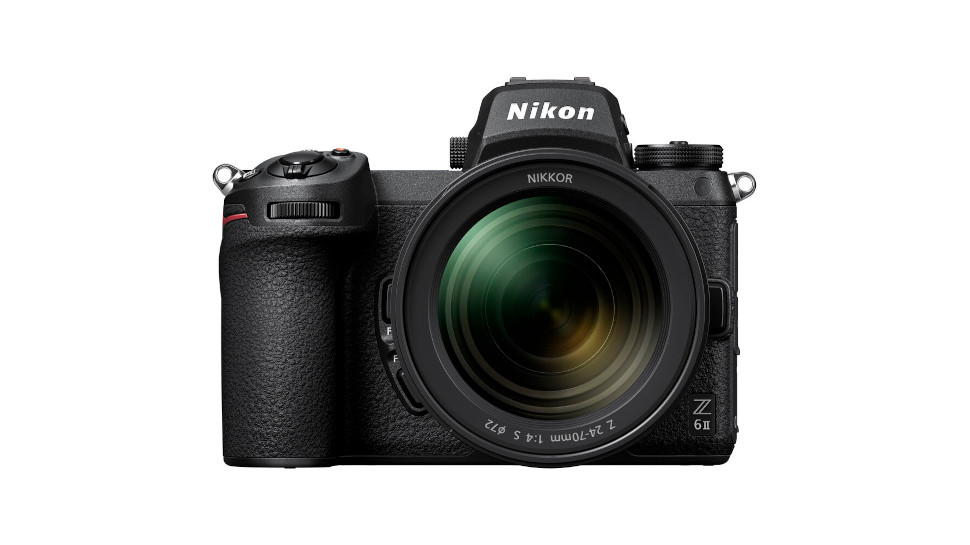

03. Nikon Z6 II
Nikon's enthusiast mirrorless model is better for low light than its big brother.
Specifications
Sensor: 24.5MP CMOS BSI full-frame sensor
ISO range: 100-51,200 (expandable 50-204,800)
Lens: Nikon Z lens mount
Image stabilisation: 5-axis sensor-shift image stabilisation
Reasons to buy
+Capable, versatile autofocus +Metering works in the dark +Sophisticated Z lens mount
Reasons to avoid
-Battery life could be better
While the Nikon Z7 II is the flagship of the Z series, with the top-of-the-line specs, we'd put in our recommendation for the Nikon Z6 II as the better camera for low light. Its lower megapixel count, 24MP compared to 45MP of the Z7 II, still produces excellent resolution for most users but it's much more capable of producing clear, low-noise images when using high ISO sensitivity.
Indeed, the original Z6 was something of a low light specialist, and the Z6 II builds on this, with an excellent exposure metering system that can accurately assess images in conditions as dark as -6EV. This is complemented by a sophisticated five stop in-body image stabilisation, (Nikon calls it Vibration Reduction) which uses a sensor-shift system to compensate for camera-shake. This allows lower shutter speeds while handheld without giving blurred photos. As all Nikon mirrorless cameras do it features a Z-mount connection between camera and lens for lightning fast autofocus, but an FTZ adapter will make older F-mount lenses compatible with the camera.
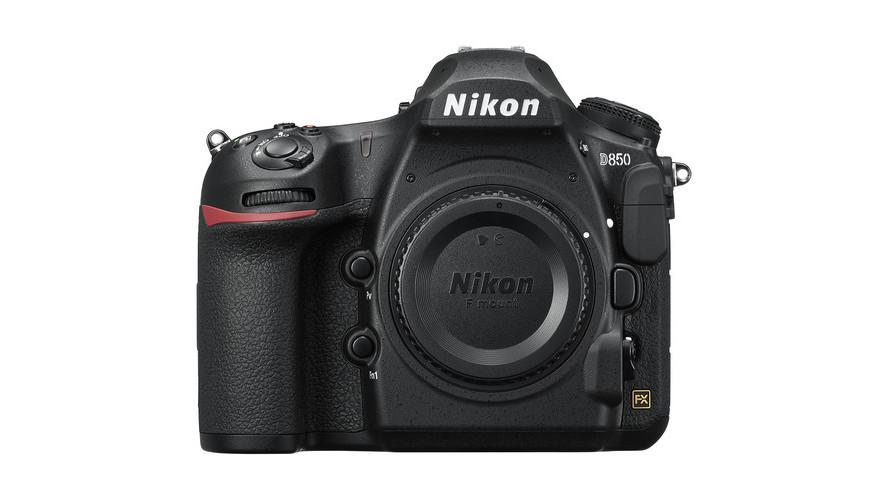
04. Nikon D850
The best DSLR for low-light shooting
Specifications
Sensor: 45MP CMOS BSI full-frame sensor
ISO range: 64-25,600 (expands to 32-102,400)
Lens: Nikon F lens mount
Image stabilisation: No
Reasons to buy
+Thoroughly reliable workhorse +Has come down in price +Fantastic lens range
Reasons to avoid
-No in-body stabilisation
While it's a few years old now, there's a reason the Nikon D850 is still one of the most popular DSLRs among professionals and enthusiasts alike. With its generous full-frame sensor, it can shoot and keep shooting in a huge range of lighting conditions and having an ISO range expandable to 102,400 doesn't hurt either. There's also native access to the dizzying array of Nikon F-mount lenses which include a plethora of wide-aperture primes.
Built to be tough and rugged, this is a DSLR perfect for outdoor adventurers as it's fully weather sealed and thus makes for a good choice for night-time cityscape or landscape shooting. It's also less expensive than it was on release, albeit still not what you'd call cheap. If you want a DSLR but the D850 is out of your price range, try the Canon EOS 6D Mark II, another full-frame camera with loads of lenses to choose from.
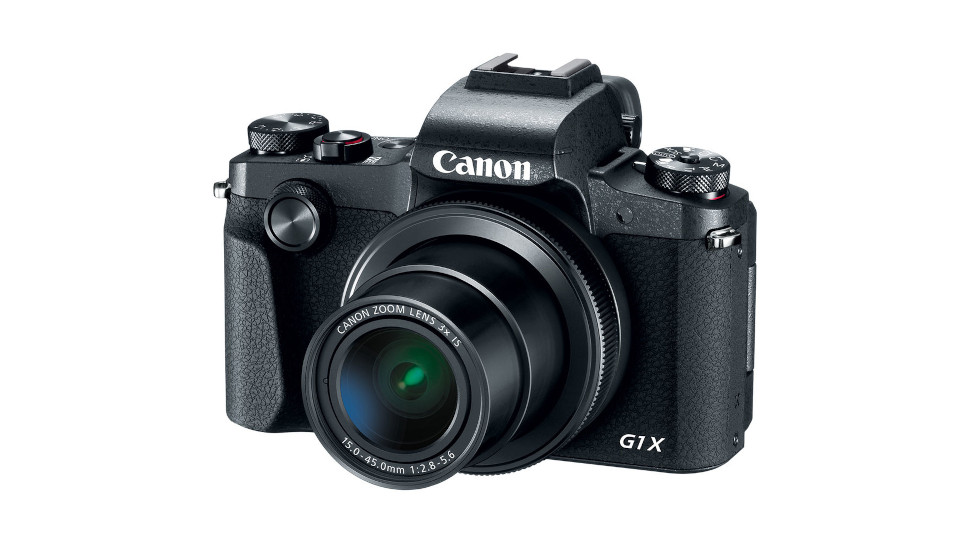
05. Canon PowerShot G1 X Mark III
Best low-light compact camera with an excellent APS-C sensor.
Specifications
Sensor: 24.2MP APS-C CMOS sensor
ISO range: 100-25,600
Lens: 24-72mm (35mm equivalent) f/2.8-5.6 lens
Image stabilisation: Four-stop Image Stabiliser
Reasons to buy
+Large, sophisticated sensor +Can charge via USB +Weather-sealed body
Reasons to avoid
-Max aperture of f/2.8
Smaller image sensors tend to struggle with low light scenes and struggle with high ISO image noise. Since compact cameras generally have smaller sensors they're not usually lauded for their low light ability. However, the Canon PowerShot G1 X Mark III crams in an APS-C sensor in its compact body, the type you'd expect to see in an enthusiast DSLR!
Indeed, the G1 X Mark III takes a few more cues from DSLRs, with a pleasingly tactile control layout and satisfying weight in the hand thanks to its weather-sealed body, making it enjoyable to use. Its ISO gets up to a respectable 25,600, though you may find yourself wishing that you had a slightly wider aperture than f/2.8 to work with. Still, Canon has done a hugely respectable job here, and the G1 X Mark III is one of the best low-light compact cameras around.
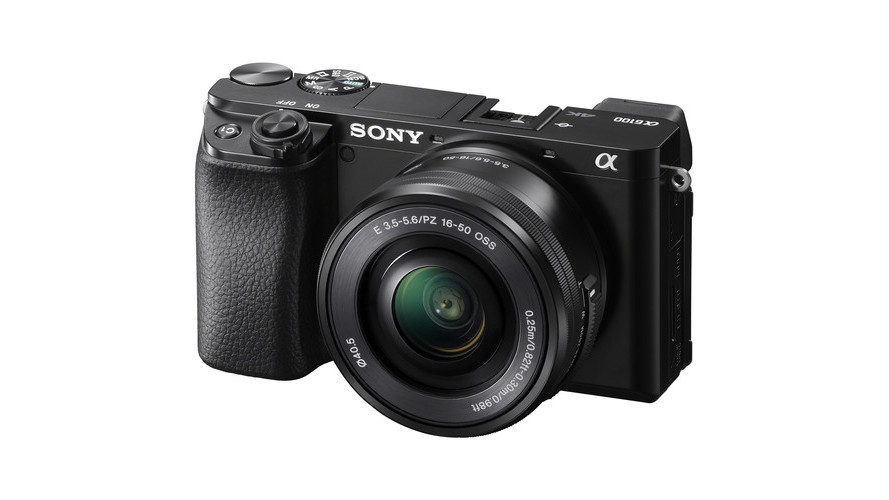
06. Sony A6100
A good low-light camera for those on a budget
Specifications
Sensor: 24.2MP APS-C CMOS sensor
ISO range: 100-32,000 (expands to 51,000)
Lens: Sony E lens mount
Image stabilisation: No
Reasons to buy
+Excellent autofocus +Well priced
Reasons to avoid
-No stabilisation -Low-res viewfinder
An APS-C sensor isn't quite the size of full frame, but is still definitely capable of capturing high-quality images in challenging light situations. Cameras with APS-C sensors also tend to be significantly cheaper than full-frame models, such is the case with the Sony A6100. A speedy shooter with a best-in-class autofocus system, the A6100 has loads of handy low-light features, such as the ability to shoot at an expandable ISO setting of 51,000.
Focusing in low light can be a challenge, which is why the Sony A6100's hyper-accurate hybrid autofocus system is so handy. For those who want to add low-light vlogging to their repertoire, the A6100 isn't lazy. It captures high-quality 4K footage at 30p for detailed filmmaking.
A lot of camera for a reasonable price, it may still prove above budget for some. If your budget is really stretched, consider the original Sony A6000. We think the autofocus and video improvements on the A6100 makes it worth the price difference, but the A6000 still nets you an APS-C sensor and the Sony E lens mount, which is enough to craft a potent low-light setup.
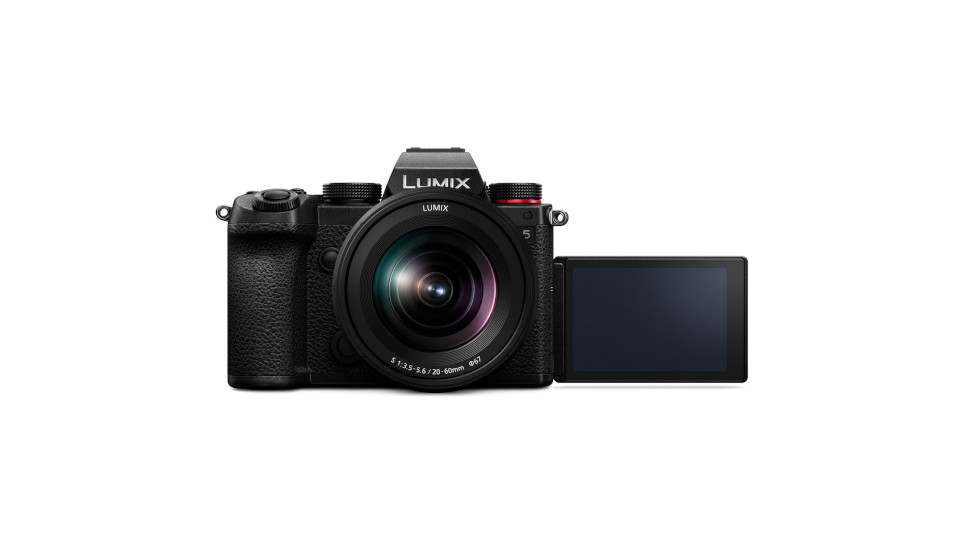
07. Panasonic Lumix S5
A lightweight mirrorless camera with sophisticated stabilisation.
Specifications
Sensor: 24.2MP CMOS full-frame sensor
ISO range: 100-51,200
Lens: L-mount
Image stabilisation: 5-axis in-body image stabilisation (can sync with lens I.S.; also offers digital Boost I.S. and E-Stabilization)
Reasons to buy
+Lightweight, ergonomic body +Excellent articulated touchscreen +Does everything pretty well
Reasons to avoid
-AF not the best
The Panasonic Lumix S5 represents perhaps the best iteration of Panasonic's S-series line-up. They've managed to pack a full-frame sensor into a lightweight, portable body and as a result it's a camera that does almost everything quite well. As such, it's one of the better all-rounders on the market at the moment.
The ISO range gets up to an impressive 51,200, and this combines well with some of the most comprehensive image stabilisation technology on any camera. You have multiple paths towards achieving a solid low-light shot with the Lumix S5, and that alone is enough for it to warrant consideration. As you'd expect from Panasonic, it's great for video too, able to shoot 4K 60p video that looks fantastic in a range of conditions. A jack of all trades and a master of none – but in the camera world, that's no bad thing!
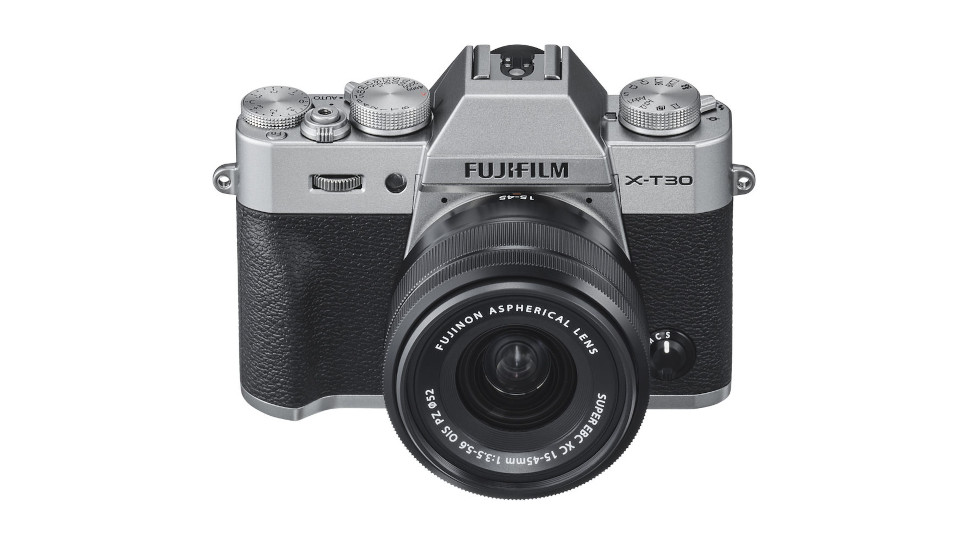
08. Fujifilm X-T30
A bargain intermediate model with exceptional low-light lenses
Specifications
Sensor: 26.1MP APS-C X-Trans CMOS 4 sensor
ISO range: 200-12,800 (expandable 100-51,200)
Lens: Fujifilm X-mount
Image stabilisation: None
Reasons to buy
+Superb JPEGs and flexible RAWs +Small but powerful +Access to brilliant X lenses
Reasons to avoid
-No in-body stabilisation
For a more budget-oriented model, we'd definitely recommend taking a look at the stylish Fujifilm X-T30. As many professional photographers know, it's not just about the camera body but the glass you put in front of it. One of the best things about the Fujifilm X series is that it gets you access to the fantastically sharp X lenses, many of which are pushing boundaries when it comes to low light – including the incredible XF 50mm f/1.0, which manages to make this wider-than-ever aperture useable.
The X-T30 uses the famous Fujifilm X-Trans sensor, which produces JPEG images that look vivid and punchy straight out of camera – perfect if you're not fussed about sitting in front of the computer for hours on end editing shots. Although, if you are one for Photoshop, its raw files are also pleasingly flexible. The X-T30 is held back a little due to the lack of in-body stabilisation but it ticks pretty much every other box, all at an outstanding price.
Low-light cameras: What to consider
First off, when buying low-light cameras, consider the relationship between a camera's sensor size and its megapixel count. Lots of pixels can be useful for printing, but they can also result in more image 'noise', meaning unwanted artefacts reducing the quality of your picture. Each pixel (or photosite) can generate a certain amount of heat when undergoing longer exposures, so larger sensors, where pixels are more spaced out, generate less noise. That is, only if the pixel density remains low.
The next thing to think about is a camera's maximum ISO setting. This refers to the sensitivity level of the sensor, and is expressed as a number. In very bright conditions a setting of ISO 100 is ideal as it minimises the amount of image noise. But when you have less ambient light to work with a higher ISO sensitivity will compensate for the loss of light and still produce a good exposure. The higher a camera's maximum ISO setting, the more capable it will be in low light – though image quality at these levels can vary from camera to camera with higher ISOs introducing more noise and degraded dynamic range. There's no good buying a model that can shoot at ISO 51,200 if image noise renders the shots you get at that setting completely unusable. Image stabilisation can also be critical, allowing you to use slower shutter speeds without the need for a tripod, again expanding light-gathering capabilities.
How receptive the camera's autofocusing system is to light will also play a big part in choosing the right low-light camera. The lower the reported autofocus detection range, then the better suited the camera will be to focusing well in low light conditions. If in doubt, check the camera's spec sheet or download the manual online before purchasing.
Finally, it's important to consider what lenses you can use with a camera. Ideally, wide aperture zooms and primes will be what you're looking for here, ideally f/2.8 or less. This maximises light input before hitting the image sensor. If you pick an interchangeable-lens camera you'll be able to buy these; if you think you'd prefer a compact camera with a fixed lens, be sure to check its maximum aperture so you'll know what you've got to work with.
Related articles:
- Best Nikon camera: Top Nikon cameras
- The best Canon cameras
- The best camera in for all situations
Related articles
best camera for low light video
Source: https://www.creativebloq.com/buying-guides/low-light-cameras
Posted by: boucherleopragues.blogspot.com

0 Response to "best camera for low light video"
Post a Comment